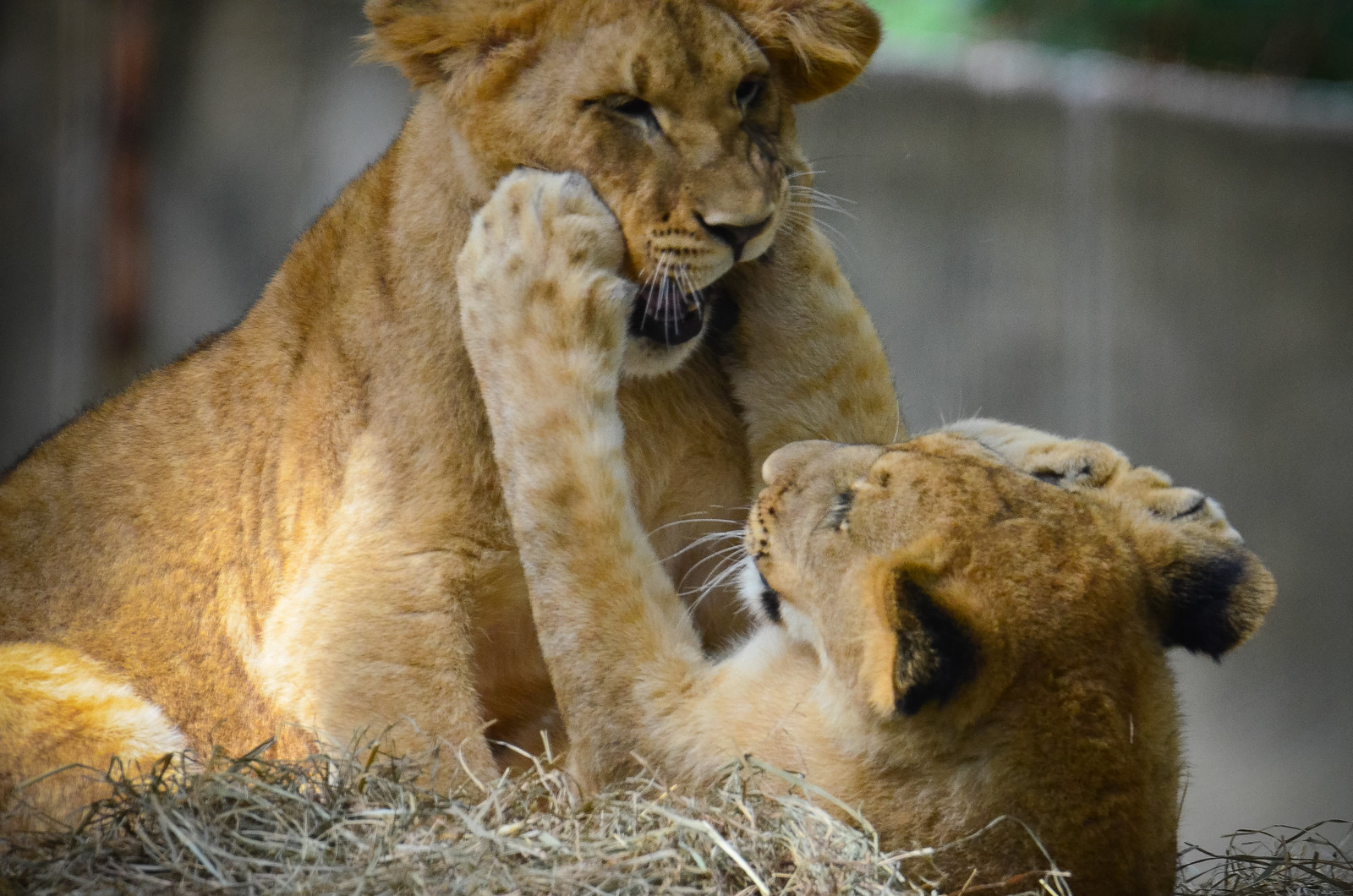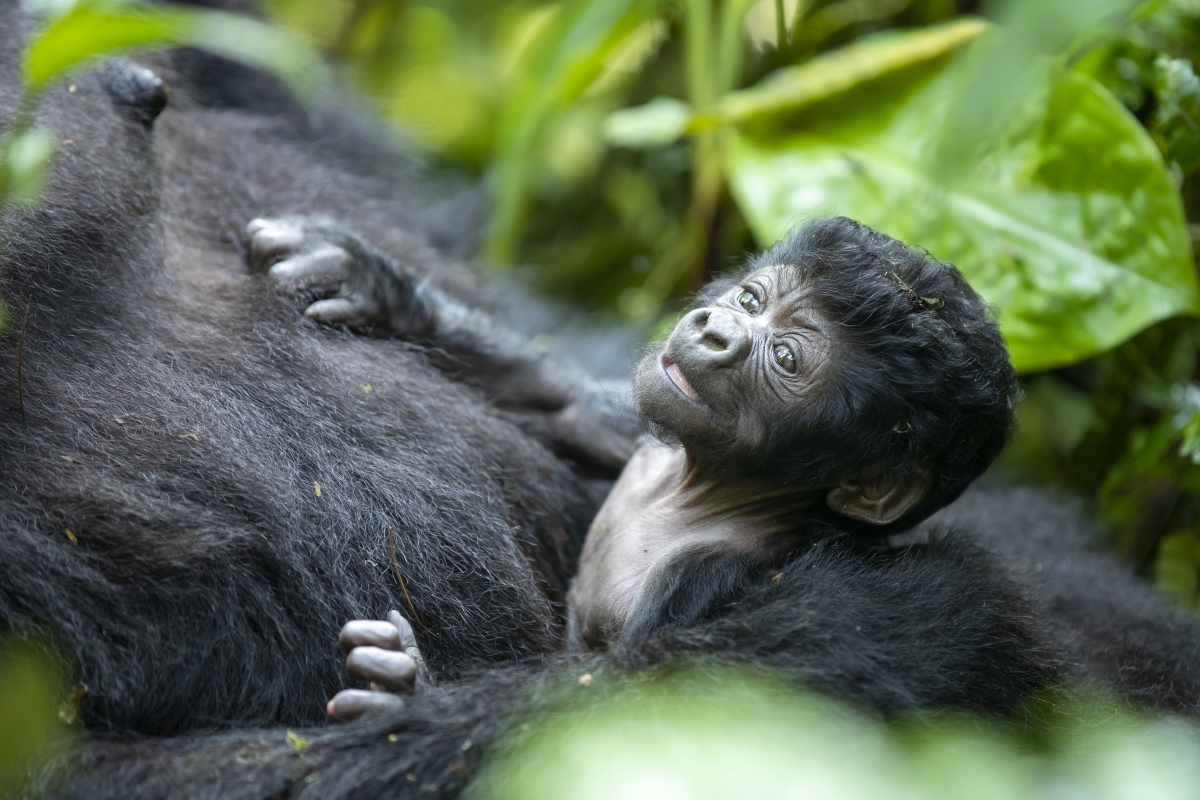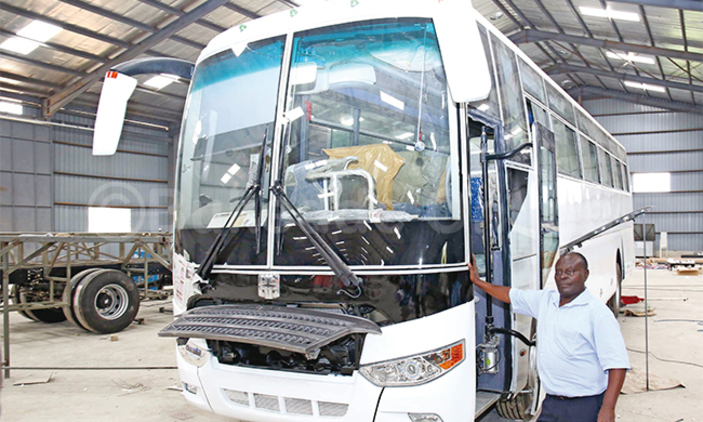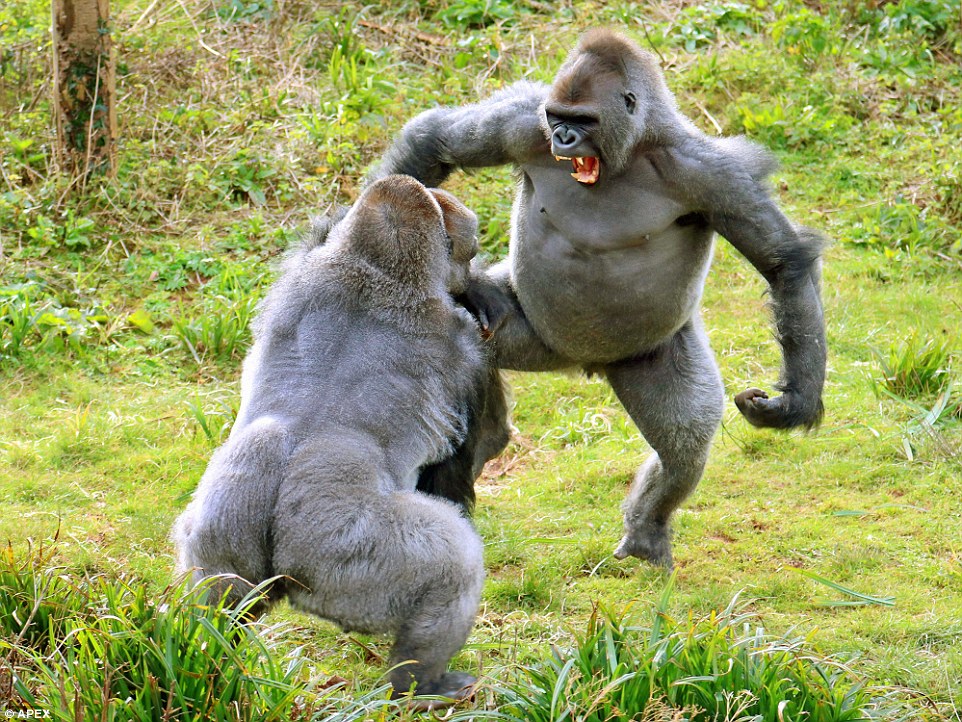One of the Uganda’s most spectacular parks. It is 1,442 square kilometers and harbours scenery unsurpassed in any other park in East Africa. ‘It could not be any better’ is a common comment on the scenery by visitors who often promise and do come back to Kidepo.
Tucked into the corner of Uganda’s border with Sudan and Kenya , the park offers breathtaking Savannah landscapes, which end in rigged horizon, A huge latitudinal range and correspondingly wide climatic conditions have covered an extremely diverse flora. As a result the variety of animal species in the park is equally abundant including many are found no where else in Uganda. Kidepo is approximately 700 kilometers (435 miles) from Uganda’s capital city, Kampala. Its remote location and challenging access contribute to its pristine and unspoiled character.
Landscape and Biodiversity: Kidepo is known for its perplexing diversity of landscapes. The park features rugged mountain ranges, expansive savannahs, and lush valleys. It is traversed by several seasonal rivers, including the Narus and Kidepo Rivers, which provide water to the park’s wildlife during the dry seasons. The diverse terrain supports a wide variety of wildlife, from classic African species like lions, elephants, giraffes, zebras, and buffalo to more unique and rare animals like cheetahs, leopards, and the elusive African wild dog. The park’s birdlife is equally impressive, with over 470 bird species recorded, including ostriches, secretary birds, and various raptors.
Cultural Significance: Kidepo National Park is not just about its natural beauty; it also offers insights into the cultural heritage of the Karamojong people who inhabit the surrounding areas. The Karamojong are semi-nomadic pastoralists, and their way of life is closely tied to cattle herding and traditional practices. Visitors have the opportunity to interact with these indigenous communities, learn about their customs, and witness their vibrant dances, rituals, and ceremonies.
 When to Visit the park
When to Visit the park
The best time to visit Kidepo National Park is during the dry seasons, which typically occur from June to September and from December to March. During these periods, the park’s roads are more accessible, and wildlife congregates around water sources, making game viewing more rewarding. However, visiting during the wet season, particularly from April to May and October to November, can also be a unique experience as the landscape turns green, and there are fewer tourists.
What to do on a Safari to Kidepo National Park
- Game Drives: Explore the park’s vast savannahs and valleys on game drives to spot a wide variety of wildlife, including lions, elephants, giraffes, zebras, buffalo, cheetahs, leopards, and numerous bird species. The park’s unique landscapes offer fantastic opportunities for wildlife photography.
- Guided Walks: Take guided nature walks within the park to experience the flora and fauna up close. Expert guides will help you learn about the plants, insects, and smaller wildlife that might be missed during a game drive.
- Birdwatching: Kidepo National Park is a paradise for bird enthusiasts, with over 470 species of birds. Bring your binoculars and spot ostriches, secretary birds, raptors, and numerous other avian wonders.
- Cultural Visits: Engage with the local Karamojong communities surrounding the park to gain insights into their unique way of life. Participate in their dances, rituals, and ceremonies to better understand their rich cultural heritage.
- Hiking and Scenic Walks: Explore the Lomej Mountains and Morungole Range within the park on guided hikes. The mountain landscapes offer breathtaking views and an opportunity to observe wildlife that resides in these higher altitudes.
- Picnicking and Relaxation: Enjoy a picnic in one of the designated picnic areas within the park. Take in the scenic beauty, relax, and unwind while surrounded by nature.
- Photography: The diverse and visually stunning landscapes of Kidepo National Park make it a fantastic destination for photographers. Capture the vibrant wildlife, dramatic sunsets, and the rugged terrain.
- Hot Air Balloon Safaris: Some lodges in the area offer hot air balloon safaris, providing a unique perspective of the park’s landscapes and wildlife from the air.
- Stargazing: Kidepo National Park’s remote location and minimal light pollution make it an excellent spot for stargazing. On clear nights, you can marvel at the African night sky and constellations.
- Relaxing at Lodges: Many lodges within and around the park offer a tranquil and scenic environment where you can relax, enjoy the views, and savor the sounds of nature.
- Camping: For those seeking a more adventurous experience, camping facilities are available within the park. Camping under the African skies offers a unique connection to the natural surroundings.
- Nature Education: Visit the park’s visitor centers and learn more about the park’s conservation efforts, wildlife research, and local biodiversity.
Accommodation: The park offers a variety of lodging options, including lodges and campsites that cater to different budgets and preferences. Some accommodations provide stunning views of the park’s landscapes and wildlife.
More about the Karimajong People and Culture
The Karamojong culture is a unique and rich cultural heritage that has been shaped by the semi-nomadic pastoralist lifestyle of the Karamojong people, who primarily inhabit the northeastern region of Uganda, including the areas surrounding Kidepo National Park. Here are some key aspects of Karamojong culture:
- Cattle Herding: Cattle are central to Karamojong culture. They are not only a source of livelihood but also a symbol of wealth, status, and cultural identity. The Karamojong are known for their deep attachment to their cattle, and they rely on them for food, milk, and as a form of currency. Cattle raids and conflicts over livestock have historically been a part of their way of life.
- Traditional Dress: Karamojong people have distinctive clothing, often made from animal hides. The men typically wear skirts made of animal skins, and women wear long, colorful beaded necklaces, with the number of necklaces indicating their marital status. These traditional garments are both functional and symbolic, representing their connection to the land and their cattle.
- Cultural Practices: Karamojong culture is rich in rituals and ceremonies. They have various initiation rituals for young boys and girls as they transition into adulthood. Traditional dances and songs are an integral part of their ceremonies, expressing their joy, unity, and cultural identity. Dancing is often accompanied by the playing of traditional instruments like the adungu, a stringed instrument.
- Social Organization: Karamojong society is organized into age-sets or generations. Each age-set has specific roles and responsibilities within the community, and they progress through life together, with the older generation guiding the younger. The elder generation, known as the “Jie” or “Kwaruth,” is highly respected for their wisdom and experience.
- Religion and Beliefs: Karamojong people have traditionally practiced a form of animism, where they believe in a world inhabited by spirits and ancestors. They perform rituals and sacrifices to appease these spirits and seek their blessings for their cattle and families. Over time, some Karamojong have converted to Christianity or Islam, although traditional beliefs and practices are still prominent in their culture.
- Challenges and Changes: The Karamojong have faced challenges due to modernization and conflicts. Government initiatives have attempted to disarm the Karamojong population, leading to changes in their traditional lifestyle. Encouragingly, there are efforts to preserve and celebrate their culture, with cultural centers and events showcasing their traditions.








